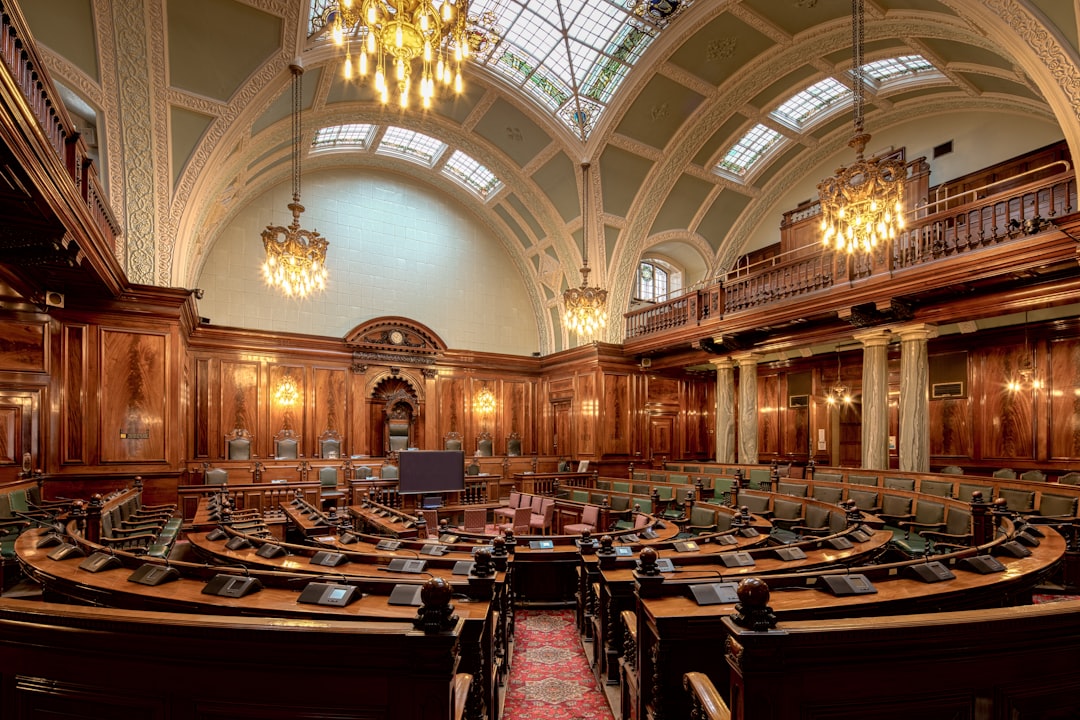What is it about?
The absence of a clear definition of environmental justice areas has been cited as one of the U.S. Environmental Protection Agency's major deficiencies in managing federal environmental justice programs. Several states have explicitly defined potential environmental justice areas and integrated targeted efforts into the policy-making process. At the block-group level, this study evaluates the effects of New York State's environmental justice policy, which defines communities of concern in terms of demographic and socioeconomic characteristics as well as mandates supplemental regulatory enforcement activities for these neighborhoods, on the agency's policy implementation practices under the Clean Air Act and Clean Water Act. The empirical findings suggest that there is inconclusive evidence regarding race/ethnicity- and class-based environmental inequity. Also, the state's policy intervention is not universally effective. Moreover, task environments of a given community are a consistent determinant of the agency's regulatory compliance monitoring and assurance activities. This study then derives broader implications regarding the adoption of a policy instrument that defines and screens potential environmental justice communities.
Featured Image
Read the Original
This page is a summary of: Defining Environmental Justice Communities for Regulatory Enforcement: Implications from a Block-Group-Level Analysis of New York State, Review of Policy Research, September 2016, Wiley,
DOI: 10.1111/ropr.12202.
You can read the full text:
Contributors
The following have contributed to this page










